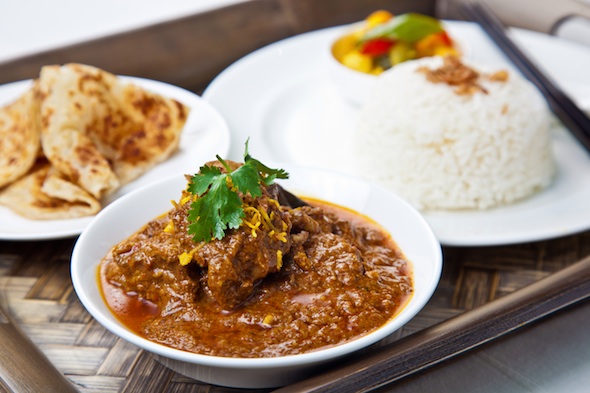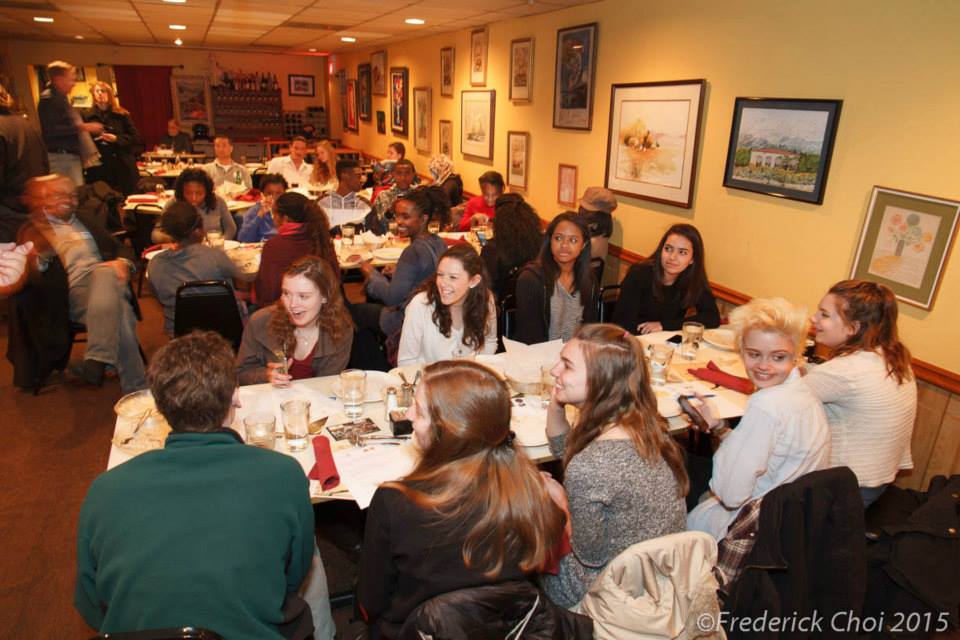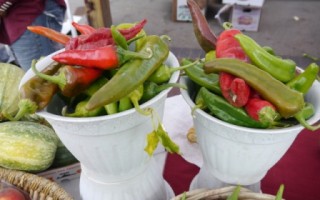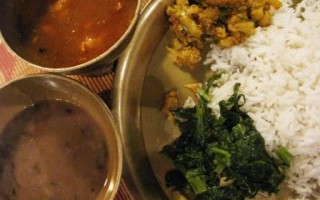
Indonesia is a country brimming with sights, shopping, and fabulous food. As a country known for its diverse use of spices, its cuisine is one of the most colorful and vibrant of any in the world. Here is a quick overview of some of the most traditional and popular foods of Indonesia, and some of […]

Go Eat Give had the pleasure of welcoming a new group of attendees to Destination Lebanon at Nicola’s Restaurant last week! The Greening Youth Foundation, a non-profit that works with underserved and underrepresented children to create overall healthy communities, attended the event bringing 15 students from Grady High School in Atlanta. And, this will […]

The festival of Holi is celebrated once a year during spring time in India. It has a strong mythological, cultural and social significance. It is a day when people of all ages, religions and backgrounds come together to play with dry and wet colors, water balloons, and much more. Everyone would be outdoors, laughing, giggling, soaking in bright colors, leaving […]

Although New Mexico is one of the oldest states in the continent United States, its cuisine is very different from the rest of the country. Influenced by Spanish and Mexican settlers, the modern day New Mexican cuisine sits in a league of its own.

I wasn’t quite sure what to expect when it came to Nepali cuisine. All I could infer is that Nepal’s neighbors India, Tibet and China would have some role to play in it. That truly turned out to be the case. Food in Nepal can be categorized into three main categories – Nepali, Tibetan and […]
I had the opportunity to attend the two-year anniversary of Dinner with a Passport this weekend. Dinner with a Passport is a foodie group started by Sonia Catalina Viteria, who is originally from Ecuador but now lives in Atlanta. Sonia had friends from all over the world who loved to cook and eat, so she […]
Karwar is a small town on the western coast of India, just south of Goa. It was an ancient site of sea trade visited by the Arabs, Dutch, Portuguese, French and later the British. Karwar is still known for its pristine beaches and a bustling seaport. Although a lot of information can be found on […]

I celebrated a dear friend’s birthday this past weekend at a Persian restaurant called Fanoos located in Sandy Springs, a suburb of Atlanta. I have been to this place a few times before and over time, have come to know its owner Jalal. Jalal moved from Northern Iran to the US over 30 years ago. […]
I spent New Year’s Eve 2011 at the Leela Palace Kempinski hotel in Bangalore. It was a magnificent palace converted into a 5-star hotel, rated as one of the best in India. The architecture and gardens of the property are worth considering a tourist destination itself! Even their restaurant is rated the best in town. […]

Moroccan cuisine is unlike other Arab, African or Mediterranean foods that you may be familiar with. Although it has influences from other regions around it, Moroccan gastronomy offers an interesting offering of meats, vegetables and spices. Characteristic flavorings include preserved lemons, unrefined olive juices and dried fruits. Spices such as saffron, turmeric, cumin and paprika […]